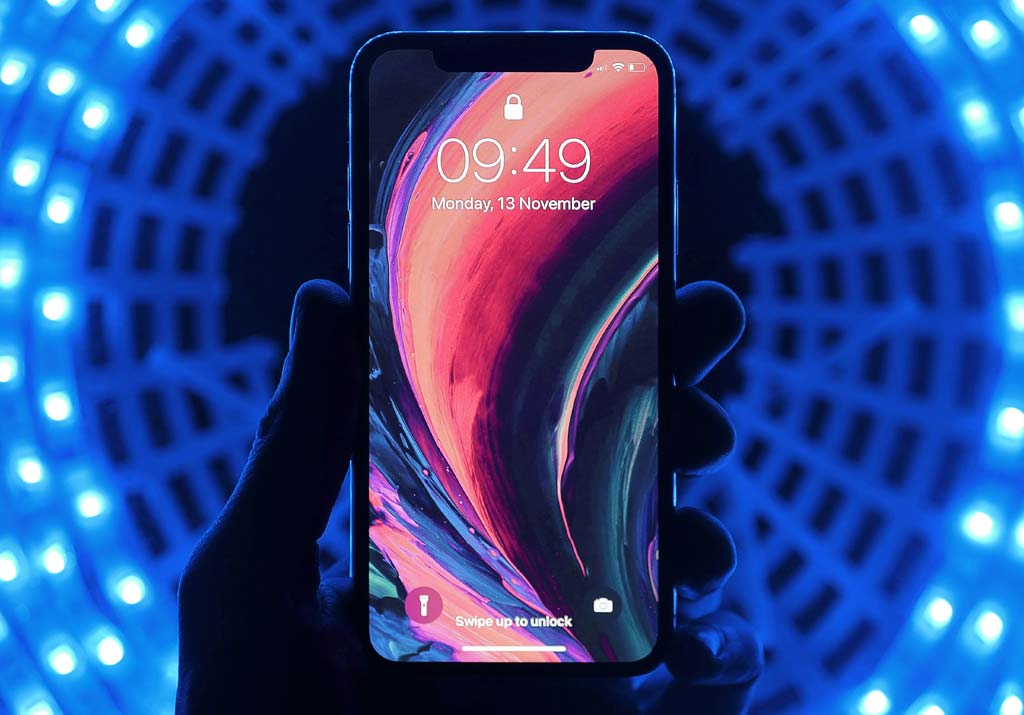In 2020, nearly everyone has a smartphone with mobile applications. These apps have become a major player in the race to grow, stay connected, and improve user experience.
With the rise of COVID-19 and social distancing, mobile apps will become an even more critical component of a company’s overall growth strategy.
It’s no surprise that the mobile app industry is highly competitive. The leading marketplaces today – like the Apple App Store and Google Play – offer greater than 2 million apps each.
Getting your app noticed in these crowded marketplaces will certainly be a challenge, so finding ways to differentiate yourself and protect key features from copycats is a must.
With that being said, if you have developed a mobile app with proprietary features, you should strongly consider the use of patent protection in your overall growth strategy.
Provisional Patents are a faster, and often overlooked way to protect key features and obtain “patent pending” status, even if your application is still in development.
Provisional Patent Basics
Since the U.S. patenting system is a “first-to-file” system, inventors are strongly encouraged to file their patent applications as quickly as possible after developing an invention. In the United States, a patent applicant has a choice when making their first patent application filing: they can choose to file a provisional patent application or they can choose to file a non-provisional patent application.
A provisional patent application is a patent application filing that is used to establish a priority date against potential prior art from which subsequent patent application filings can be based.
The priority date can be maintained for up to one year from the provisional application’s filing date. At the one year mark, the provisional application must be converted into a non-provisional application, or the priority filing date will be lost.
The provisional patent application option is one that many app developers choose to utilize because:
- The processes is less involved than filing a non-provisional patent application.
- Provisional patent applications are like a lite version of the patent application process, while the non-provisional patent application is like the full version of the patent application process.
- Provisional patent application filings are lower cost than filing a non-provisional patent application.
- Filing a provisional application buys developers time to work out any additional development issues in order to finalize the app before filing the full version, non-provisional patent application, which can be useful when developers are trying to enter a highly competitive segment of the mobile app market.
- Once the provisional application is filed, the developers can use the designation “patent pending,” which is useful in deterring copycats and competitors from stealing the protected app technology.
When To File A Provisional Patent Application For Your Mobile App
Mobile app developers should file a provisional patent with the United States Patent and Trademark Office as soon as they have a concrete and tangible invention that they are able to describe, even if the app has not yet launched, or even if the app is not fully developed.
While the provisional patent application is pending, a mobile app developer can make improvements to the design and functionality of the app. This allows a soon-to-be-launched mobile app to have patent-pending protection in place, even if the app may still need modifications, testing or debugging.
If you need assistance deciding whether to file a provisional patent application for your mobile app, please do not hesitate to schedule a free consultation with an experienced Patent attorney.




